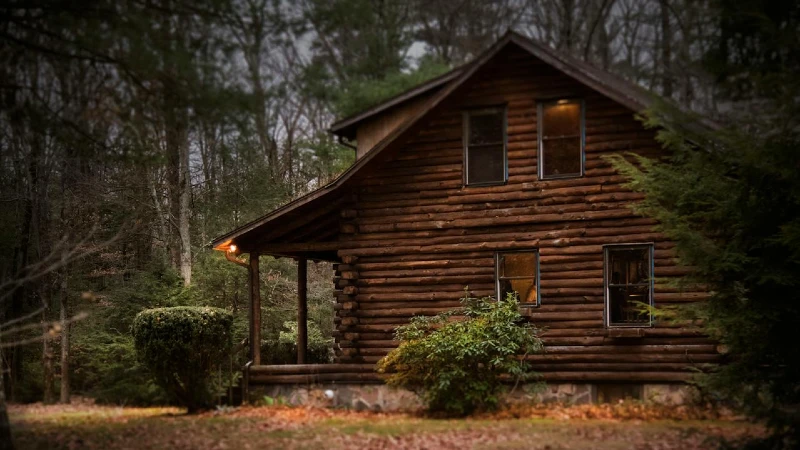Disclosure: This post may contain affiliate links, meaning we get a commission if you decide to make a purchase through our links, at no cost to you. Please read our disclosure for more info.
The world of sustainability usually focuses on the consumption of the planet’s resources as well as the waste produced by products that are used temporarily and then thrown away. The results of landfills and poisoning of land and water tables brings this to the forefront as downstream effects impact generations who come decades later. However, while one might think of log cabins at first as a consumer product of wood and timber, directly causing deforestation. In reality, modern log cabins are part and parcel in sync with sustainability efforts in many ways. Logging for conservation purposes is possible.
Key Sustainability Impacts
First off, trees as the primary source of lumber used in log cabins are renewable. If the harvesting of timber is done correctly, new trees are plants with an increasing amount to offset the cost of those that are cut down for wood. The result is a product that utilizes that wood as much as possible, leaving very little waste and producing a product that if it should need to be destroyed can be recycled and eventually returned to the environment.
Second, the energy production needed for log cabin construction is far less than traditional home manufacturing methods. Artificial product homes utilize petroleum-based plastics and similar, which create poisonous by-products in production and become hazardous waste in landfills afterward. Other manufacturing utilizes heavy demands on electricity which is often times supported by coal-power plants. Log cabins, however, use far less factory power to produce and they don’t involve plastics.
Third, logs and log cabins retain the natural wood form of the tree in substantial form. This allows for continued carbon sequestration in the wood versus it being consumed, and the carbon released into the atmosphere, contributes to greenhouse gas emissions. The natural insulation of log cabins allows them to also retain their internal temperature balance, which reduces electricity A/C demands in the summer and heating, fireplace emissions in the winter.
Fourth, much of what is involved in log cabin production ends up being zero-waste. Almost all the wood in parts and components ends up being used and carpentered into place for assembly. Those elements that are shavings and waste can still be recombined into fiberboard and used for more structure. So, at the end of the day, the materials that go into the production of a log cabin are almost completely consumed and used versus ending up in a landfill.
Additional Benefits for Years Afterward
When one really looks at all the details involved, it becomes pretty clear that log homes and cabins are in sync with sustainability goals, especially when it comes to utilization and reduction of harmful waste to the environment. Even better, most log cabins and homes are long-lasting, passing down their benefits to multiple generations. The same can’t be said for a lot of other consumer products that end up in landfills. There’s benefits to the people that build these log structures like Frontier Log Homes out of Montrose, CO, knowing that their structures aren’t adversely impacting the world we live in.

